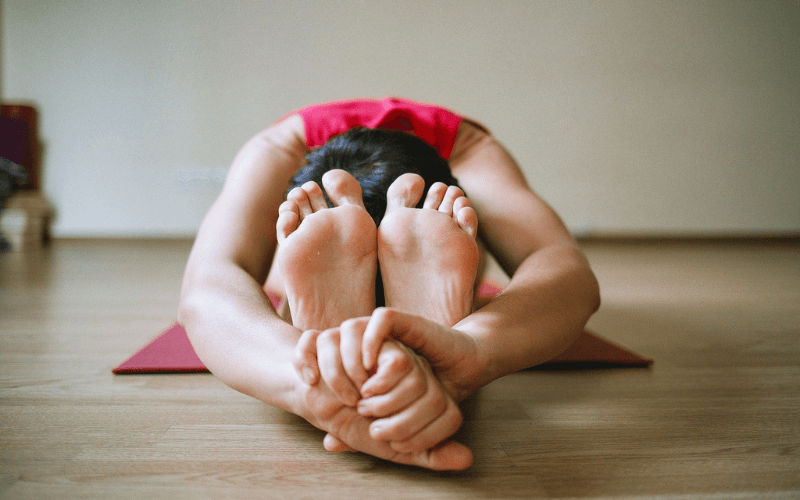Preparing to exercise is just as important as the workout itself. You also need to cool down afterward. These steps help avoid injury and allow you to get the very best results from any activity.
Why Stretching is Important
We all know exercise is good for our overall health, but it does mean we’re putting extra pressure on our muscles and joints. If this isn’t done correctly your ligaments, tendons and muscles can easily be damaged and sprains, strains and muscle tears are sure to follow.
Stretching before exercise helps the body handle the impact of the activity. It increases blood flow to the soft tissues and joints, which warms them up ready for action. Stretching improves endurance, strength, flexibility, and range of motion, and this decreases the possibility of injury.
Cold Weather Affects Muscles
It’s important to prepare for exercise whatever the weather, but in colder months it’s easier for things to go wrong, and that’s how injuries occur. Muscles contract in the cold to conserve heat, but then they become tight and stiff. When soft tissue is less pliable it gets damaged far more easily.
Dynamic Stretching
There are two methods for warming up your muscles and increasing blood flow. The first is dynamic stretching, which incorporates movement into your warm up. Here are some examples:
- Arm rotation: Extend your arms straight out to the side at shoulder height with palms down. Gently rotate with small circular movements clockwise and then anti-clockwise for 30 seconds.
- High knees: Next stand with legs at shoulder width apart, lift one knee to your chest and hold just below the knee for a few seconds, then lower. Repeat with the other leg.
- Squats: Stand with feet hip-width apart and carefully lower into a squat. Only go as far as you’re comfortable, keep your back straight and your knees over your ankles.
Cool Down with Static Stretching
When you’ve finished exercising static stretches help to gently reduce your heart rate and aid muscle flexibility and range of motion. They also ease muscle stiffness or soreness after a vigorous workout. These stretches involve holding a fixed position for a few moments. For example:
- Quad stretch: stand with feet hip-width apart, bend your right leg at the knee, bring the heel up and hold in your right hand. Release after a few seconds and repeat with the left leg.
- Hamstring stretch: Sit on the floor and straighten both legs in front of you, reach forward, try to touch your toes and hold for a few seconds.
- Triceps stretch: Stand up and stretch both arms behind you and hold your heads together. Then raise your arms as high as comfortable to ease your shoulders and biceps.
The Right Moves for You
These stretches are just examples. The right stretches for you depend on your personal fitness and state of health. Always check with a trainer, doctor or other healthcare or fitness professional to get the best from your exercise and avoid injury.
Reliable Advice at Feet By Pody
With so many muscles and joints in your lower legs and feet, there’s a lot to go wrong. Problems in your lower limbs are particularly challenging as they can seriously impede your mobility, as well as being painful.
At Feet By Pody, you’ll get the best advice to keep everything in good working order. For specific conditions, advice on exercise, and general foot and lower limb health, visit one of our London foot clinics.

